Home>Articles>How To Choose The Appropriate Size Of A Surge Protector
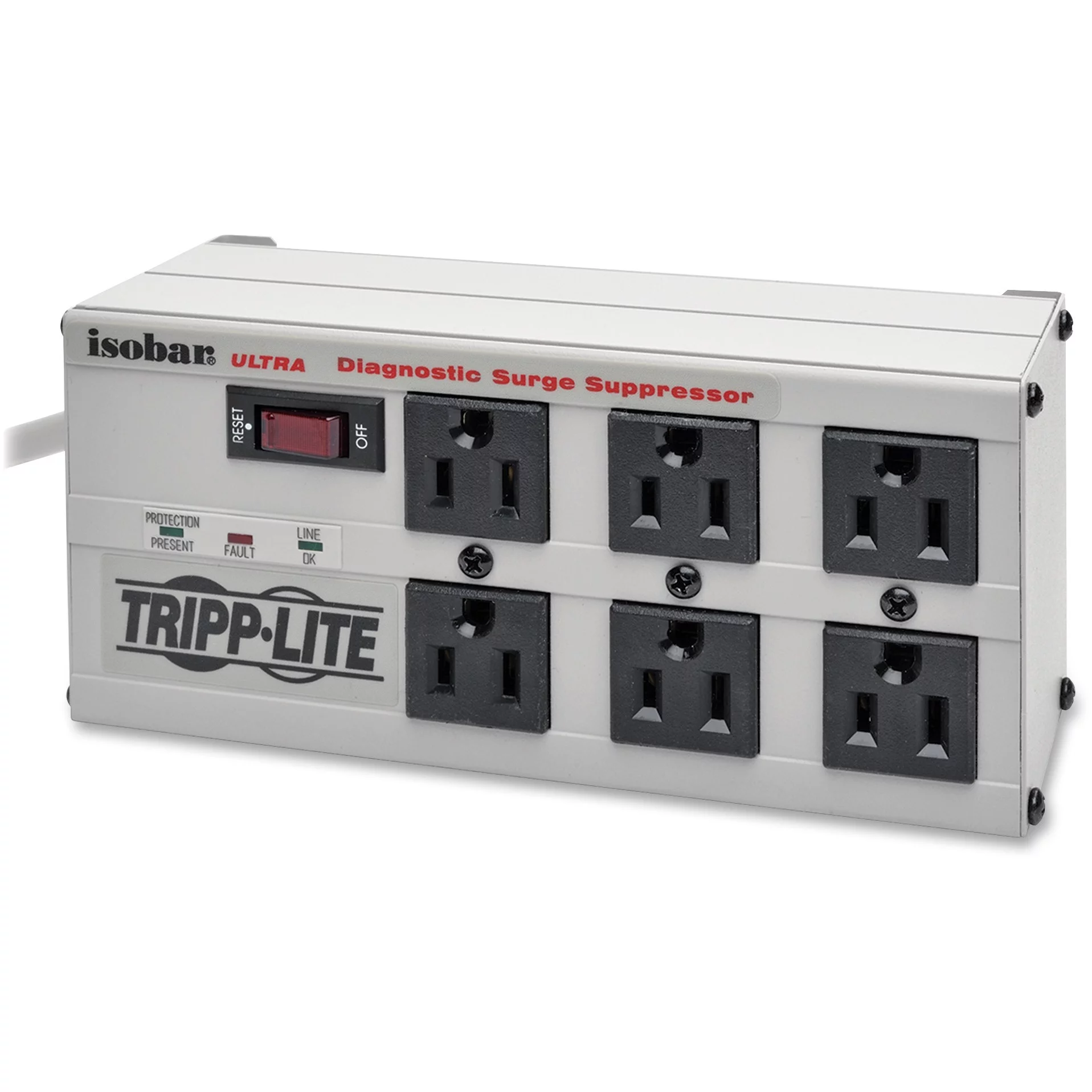

Articles
How To Choose The Appropriate Size Of A Surge Protector
Modified: October 18, 2024
"Find out what size surge protector is right for your needs with our insightful articles. Explore various options and make an informed choice today!"
(Many of the links in this article redirect to a specific reviewed product. Your purchase of these products through affiliate links helps to generate commission for Storables.com, at no extra cost. Learn more)
Introduction
A surge protector is an essential piece of equipment for protecting your electronic devices from voltage spikes and power surges. These sudden increases in electrical voltage can damage sensitive devices like computers, televisions, and gaming consoles, leading to costly repairs or even permanent damage. Surge protectors work by diverting the excess voltage and providing a safe pathway for it to dissipate, ensuring that your devices receive a consistent and stable power supply.
When it comes to choosing a surge protector, it’s important to consider the size that best suits your specific needs. The size refers to the number of outlets available on the surge protector. While it may seem like a simple decision, the size of a surge protector plays a crucial role in providing adequate protection for all your devices.
In this article, we will explore the importance of surge protectors, delve into the factors you should consider when choosing the size of a surge protector, discuss the available size options, and provide guidance on how to determine the appropriate size for your specific needs. We will also highlight common mistakes to avoid when selecting a surge protector size.
So, whether you’re setting up a home office, a media center, or simply looking to protect your electronics at home, understanding surge protector sizes will help you make an informed decision and safeguard your valuable devices.
Key Takeaways:
- Choosing the right surge protector size is crucial for protecting your devices from power surges. Consider factors like device count, power requirements, and future additions to ensure adequate protection and convenience.
- Avoid common mistakes when selecting a surge protector size, such as underestimating device count, neglecting power requirements, and overlooking space constraints. Making an informed decision will safeguard your electronics effectively.
Read more: How To Choose A Water Heater
Importance of Surge Protectors
Surge protectors play a critical role in protecting your electronic devices from power surges and voltage spikes. These electrical disturbances can occur due to lightning strikes, utility accidents, or even internal issues with your power supply. Here’s why surge protectors are so important:
- Device Protection: Surge protectors provide a line of defense between your devices and the unpredictable power supply. They absorb excess voltage and prevent it from reaching your electronics, protecting them from damage and extending their lifespan.
- Safety: Power surges can pose a safety risk, especially if they cause electrical fires. Surge protectors help mitigate this risk by preventing excessive voltage from reaching your devices and reducing the chances of a fire hazard.
- Cost Savings: The cost of repairing or replacing damaged electronic devices can quickly add up. By investing in surge protectors, you can potentially save thousands of dollars in repair and replacement costs.
- Peace of Mind: Knowing that your devices are protected by surge protectors provides peace of mind. You can go about your daily activities without worrying about unexpected power surges damaging your valuable electronics.
Surge protectors are not only useful for home use but also for commercial and industrial settings. In commercial environments, where there are multiple electronic devices connected to a single power source, surge protectors are crucial in distributing and managing the power supply effectively.
Additionally, surge protectors are especially important in areas prone to lightning strikes. Lightning carries a massive amount of electrical energy, and a direct strike or even a lightning-induced power surge can cause irreversible damage to unprotected devices. Surge protectors are designed to handle high-voltage surges and provide the necessary protection in these situations.
Overall, surge protectors act as a barrier between the unpredictable nature of power supply and your electronic devices. They are a cost-effective investment in maintaining the integrity and longevity of your valuable electronics.
Factors to Consider When Choosing the Size of a Surge Protector
Choosing the right size surge protector is crucial to ensure that all your devices are adequately protected. Here are some key factors to consider when selecting the size of a surge protector:
- Number of Devices: Start by assessing the number of devices you need to plug into the surge protector. Consider both your current devices and any future additions you may anticipate. Count devices such as computers, laptops, printers, televisions, gaming consoles, and other electronic equipment.
- Power Requirements: Take into account the power requirements of each device. Some electronics, such as high-end gaming computers or home theater systems, may consume more power compared to others. Ensure that the surge protector you choose can handle the combined power requirements of all the devices you intend to connect to it.
- Outlets vs. USB Ports: Determine whether you primarily need outlets or USB ports for charging smaller devices like smartphones and tablets. Some surge protectors offer a combination of both, so consider your charging needs when selecting the size.
- Space and Layout: Consider the physical space where you plan to install the surge protector. Measure the area and ensure that the surge protector fits comfortably in the available space, both in terms of length and width. Additionally, think about the layout of your devices and their proximity to the surge protector. Opt for a size that allows for easy and convenient cable management.
- Additional Features: Some surge protectors come with additional features like built-in power switches, LED indicators, or even surge protection for telephone or cable lines. Evaluate whether these features are necessary for your setup and choose a size that accommodates these extra functionalities.
- Warranty and Quality: Look for surge protectors from reputable brands that offer a warranty. A longer warranty period indicates the manufacturer’s confidence in their product’s quality and performance. Ensure that the surge protector meets industry safety standards and has a high joule rating, as this indicates better protection against power surges.
Considering these factors will help you determine the appropriate size of the surge protector that best suits your specific needs. It ensures that you have enough outlets and USB ports to accommodate all your devices while providing optimal protection against power surges.
Size Options for Surge Protectors
Surge protectors come in various sizes to accommodate different needs and setups. Here are the common size options available:
- Compact Surge Protectors: These are small-sized surge protectors typically designed for users with minimal space or those who only need to protect a few devices. Compact surge protectors often feature three to six outlets and may or may not include USB ports for charging smaller devices. They are ideal for use in dorm rooms, small offices, or bedside tables.
- Standard Surge Protectors: Standard-sized surge protectors are the most common option available. They offer a moderate number of outlets, usually ranging from six to ten, and may include a few USB ports. These surge protectors are suitable for average home or office setups where multiple devices need to be protected.
- Power Strip Surge Protectors: Power strip surge protectors are larger in size and come with an extended number of outlets, often exceeding ten. These surge protectors are designed for users with multiple electronic devices or those who require a significant number of outlets in a single location. Power strip surge protectors are commonly used in home theaters, computer labs, and commercial settings.
- Rack-Mount Surge Protectors: Rack-mount surge protectors are designed to be mounted on server racks or network cabinets. These surge protectors come in various sizes, allowing for easy installation and organization of multiple devices in data centers or network rooms. They often feature a high number of outlets and may offer additional features like network surge protection.
- Specialty Surge Protectors: Some surge protectors are designed for specific devices or applications. For example, there are surge protectors specifically made for protecting home theater systems or for outdoor use. These specialty surge protectors may have unique size options and features tailored to the specific needs of the devices they are meant to protect.
It’s important to note that the size of a surge protector does not necessarily dictate its level of surge protection. The surge protection capability is determined by factors such as the joule rating and the clamping voltage. Therefore, when choosing a surge protector size, consider both the number of outlets you need and the level of surge protection required for your devices.
By understanding the various size options available, you can select a surge protector that best meets your specific needs and provides adequate protection for all your electronic devices.
When choosing a surge protector, consider the total wattage of the devices you plan to plug in. Add up the wattage of all devices and choose a surge protector with a higher joule rating to ensure protection.
Determining the Appropriate Size for Your Specific Needs
Choosing the appropriate size for your surge protector is essential to ensure that all your devices are adequately protected. Here are some steps to help you determine the right size for your specific needs:
- Take inventory of your devices: Begin by creating a comprehensive list of all the electronic devices you plan to connect to the surge protector. Include computers, laptops, printers, televisions, gaming consoles, and any other electronic equipment you regularly use.
- Consider future additions: Anticipate any future devices you may add to your setup. If you plan to upgrade your home office or entertainment system or if you have new electronic devices on your wishlist, account for them in your inventory as well.
- Assess power requirements: Determine the power requirements of each device on your list. Look for the power rating or consult the manufacturer’s specifications to get an idea of how much power each device consumes. Sum up the power requirements to get an estimate of the total power needed.
- Factor in outlets and USB ports: Consider the number of outlets and USB ports you will need for all your devices. Ensure that the surge protector you choose has enough outlets and USB ports to accommodate your devices comfortably. It’s always a good idea to have a few extra outlets for flexibility and future additions.
- Account for space and layout: Evaluate the physical space where you plan to install the surge protector. Measure the available area and choose a size that fits comfortably in that space. Also, consider the layout of your devices and their proximity to the surge protector. Opt for a size that allows for convenient cable management and easy access to all the outlets.
- Consider additional features: Take into account any additional features you might need, such as built-in power switches or surge protection for phone or cable lines. If these features are essential for your setup, ensure that the surge protector you choose offers them in the appropriate size.
- Think about brand and quality: Look for surge protectors from reputable brands known for their quality and reliability. Check for safety certifications and high joule ratings, as they indicate better protection against power surges. Additionally, consider the warranty offered by the manufacturer as an assurance of the product’s quality and performance.
By following these steps, you can determine the appropriate size for your surge protector that will adequately accommodate all your devices, provide the necessary outlets and USB ports, fit within your available space, and offer the desired features and protection level.
Remember, it’s always better to choose a slightly larger surge protector size to allow for flexibility and future device additions. Investing in the right size surge protector will ensure that your valuable electronic devices stay protected from damaging power surges and voltage spikes.
Common Mistakes to Avoid When Choosing a Surge Protector Size
Choosing the correct size surge protector is crucial for ensuring the adequate protection of your electronic devices. To avoid making costly mistakes, here are some common errors to steer clear of when selecting a surge protector size:
- Underestimating the number of devices: One of the most common mistakes is underestimating the number of devices you will be connecting to the surge protector. Failing to account for all your devices can lead to insufficient outlets, forcing you to purchase additional surge protectors or use unsafe power extension methods.
- Ignoring power requirements: Each device has different power requirements, so it’s important to consider the total power consumption when selecting a surge protector size. If you overlook power requirements, you may overload the surge protector, causing it to trip or become less effective in protecting your devices.
- Neglecting future device additions: It’s important to anticipate future additions to your electronic setup. Neglecting this can limit your options if you decide to add more devices later on. Choosing a surge protector with additional outlets and USB ports allows for future growth without the need to replace the entire unit.
- Not considering space constraints: Failure to consider the physical space where the surge protector will be placed can result in an inadequate fit. Ensure that the surge protector’s dimensions align with the available space to prevent potential installation issues or the need for inconvenient workarounds.
- Overlooking special features: Surges protectors come with a variety of special features such as LED indicators, power switches, and additional surge protection for phone or cable lines. If you require these features, make sure to choose a surge protector that offers them in a size that accommodates your needs.
- Choosing a low-quality surge protector: Opting for a surge protector solely based on price can lead to a low-quality product with insufficient protection capabilities. Select a surge protector from a reputable brand that adheres to safety standards and offers a warranty to ensure adequate protection for your devices.
- Failing to consider cable management: Adequate cable management is essential for a clean and organized setup. Neglecting cable management considerations can lead to a cluttered and potentially hazardous environment. Choose a surge protector size that allows for convenient cable management to keep your setup neat and safe.
By avoiding these common mistakes, you can ensure that you choose the right size surge protector that meets your needs in terms of device capacity, power requirements, space constraints, and additional features. Taking the time to make an informed decision will help safeguard your electronic devices against power surges and voltage spikes effectively.
Conclusion
Choosing the right size surge protector is crucial for protecting your electronic devices from damaging power surges and voltage spikes. By considering factors such as the number of devices, power requirements, space constraints, and additional features, you can determine the appropriate size that meets your specific needs.
Surge protectors play a vital role in safeguarding your devices from electrical disturbances, providing device protection, ensuring safety, and offering cost savings in the long run. They provide peace of mind, knowing that your valuable electronics are shielded from unexpected power surges.
When selecting a surge protector size, avoid common mistakes such as underestimating the number of devices, ignoring power requirements, neglecting future additions, disregarding space constraints, overlooking special features, choosing a low-quality surge protector, and failing to consider cable management. By avoiding these errors, you can ensure that you make a wise and informed decision.
Remember, a surge protector’s size does not dictate its level of surge protection; rather, it refers to the number of outlets and ports available. It is important to select a surge protector that not only meets your device capacity needs but also provides adequate surge protection with a high joule rating and appropriate clamping voltage.
In conclusion, investing in the right size surge protector and following proper surge protection guidelines will help extend the lifespan of your electronic devices, provide a safe power supply, and save you from unnecessary repair or replacement costs. Choose a surge protector from a reputable brand, consider the needs of your current and future devices, and prioritize safety and protection. With the right surge protector in place, you can enjoy a worry-free experience while using your electronic devices.
Frequently Asked Questions about How To Choose The Appropriate Size Of A Surge Protector
Was this page helpful?
At Storables.com, we guarantee accurate and reliable information. Our content, validated by Expert Board Contributors, is crafted following stringent Editorial Policies. We're committed to providing you with well-researched, expert-backed insights for all your informational needs.
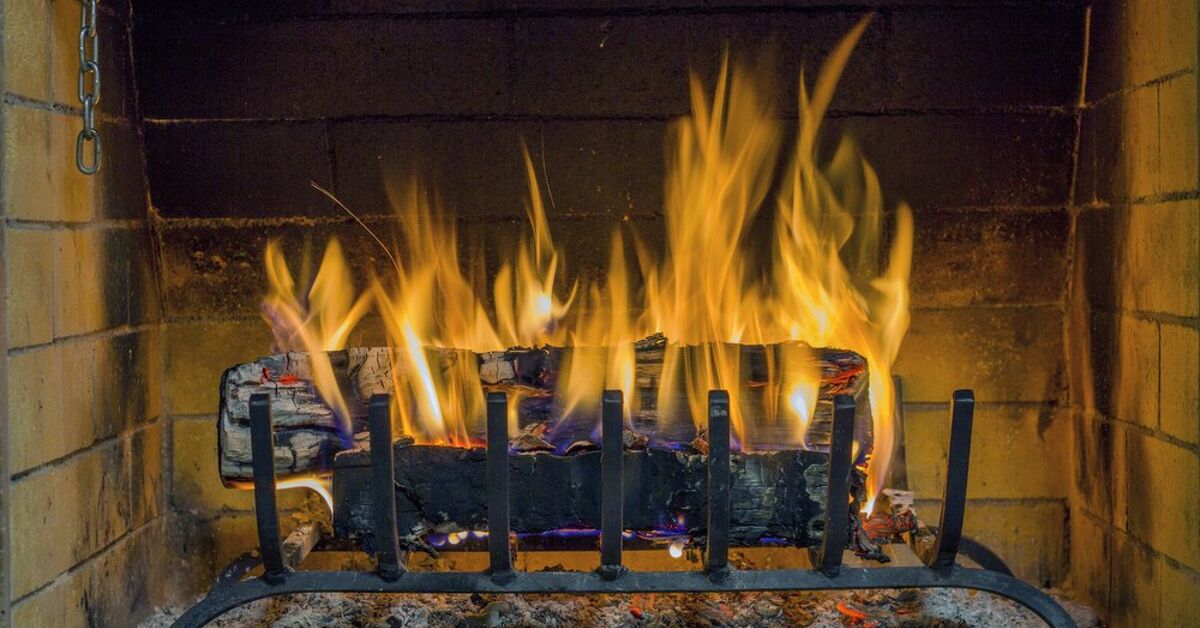
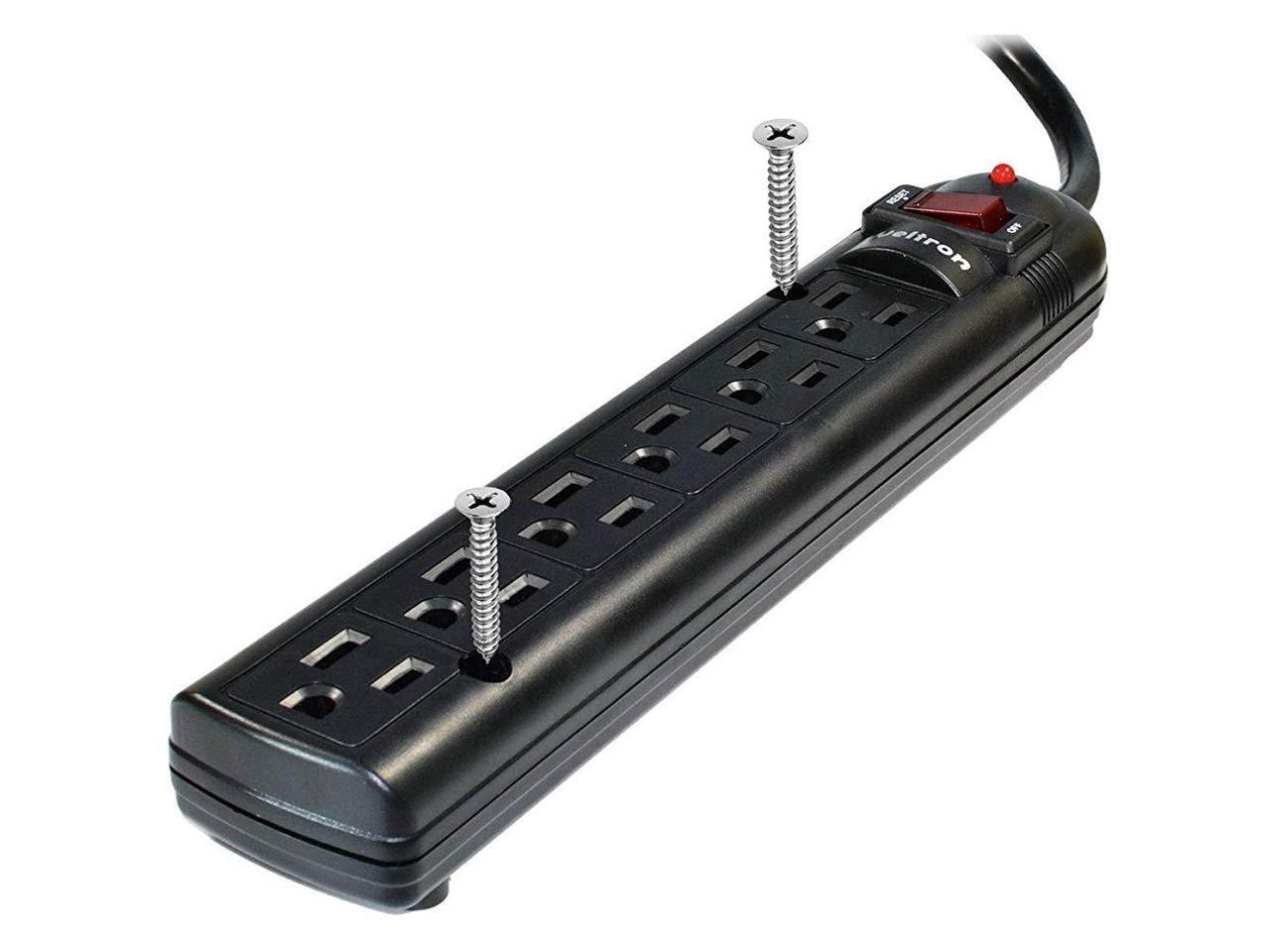
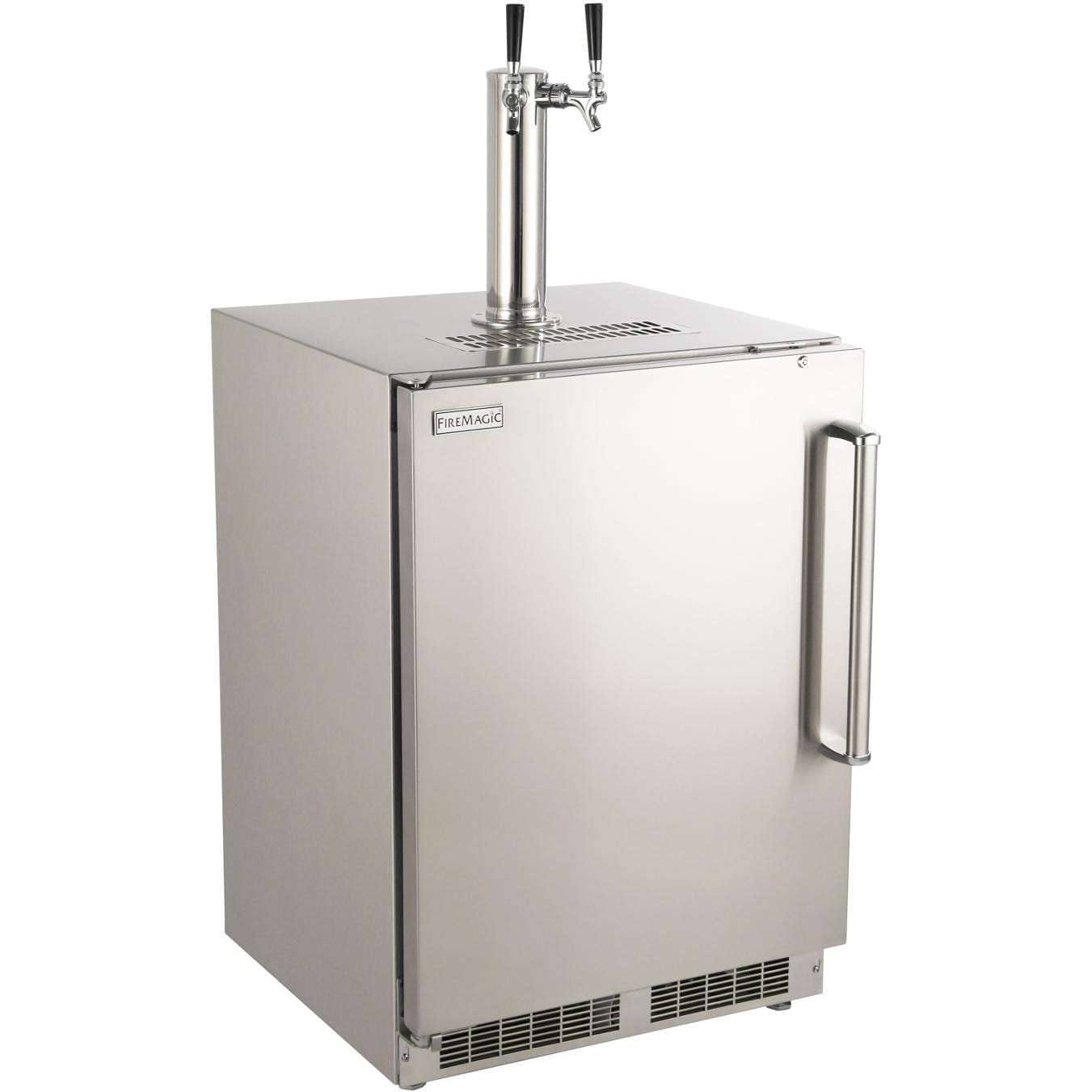
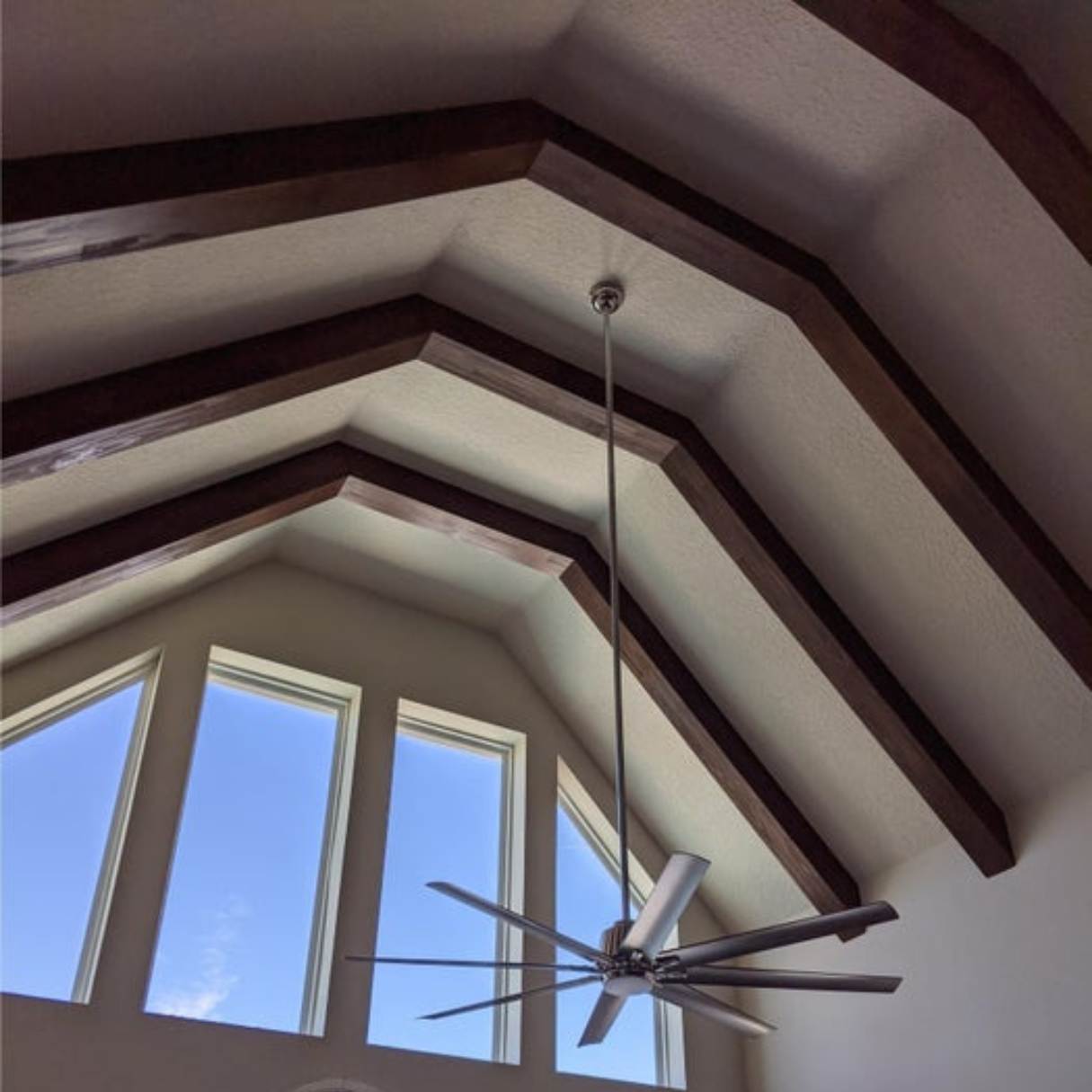
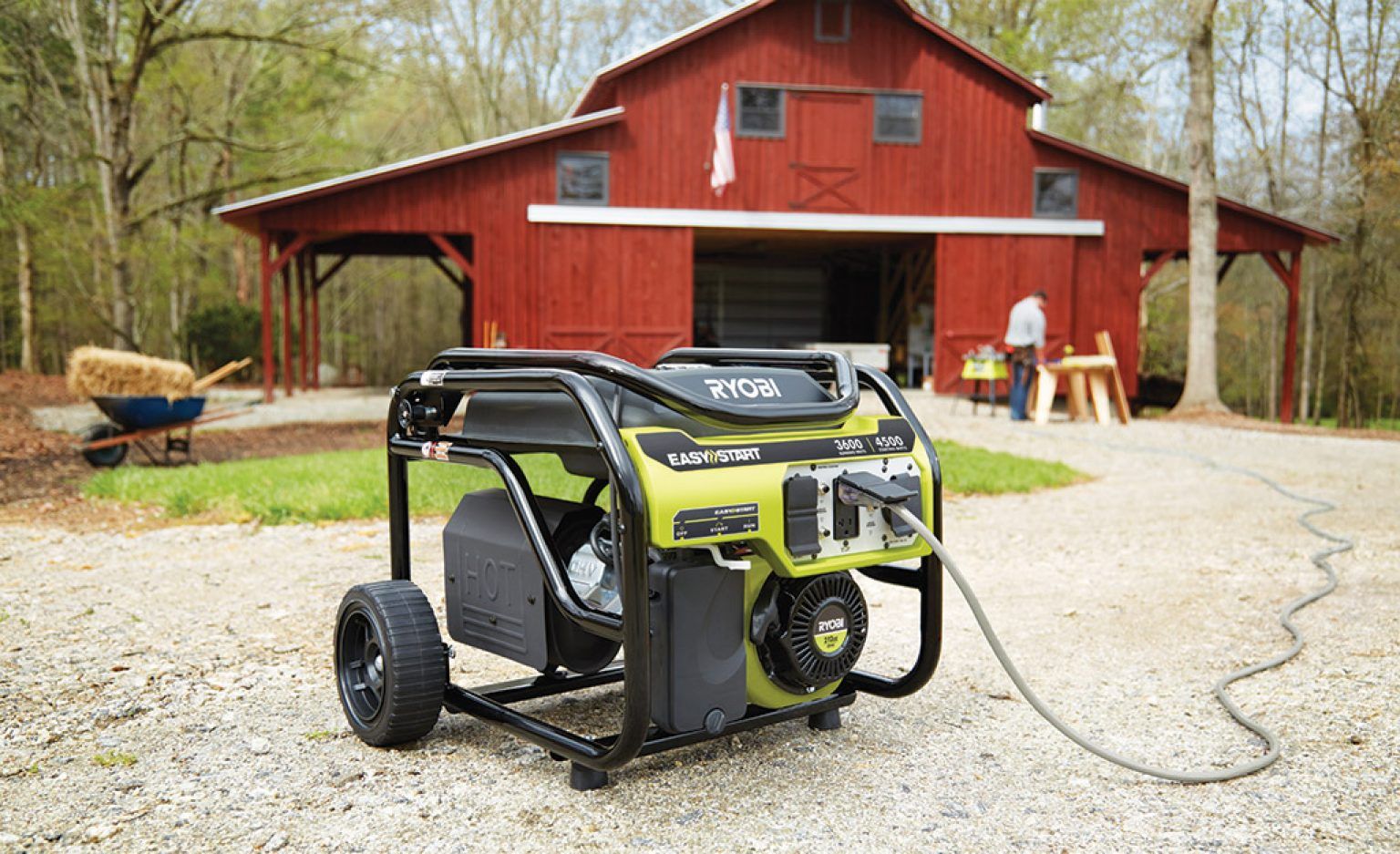

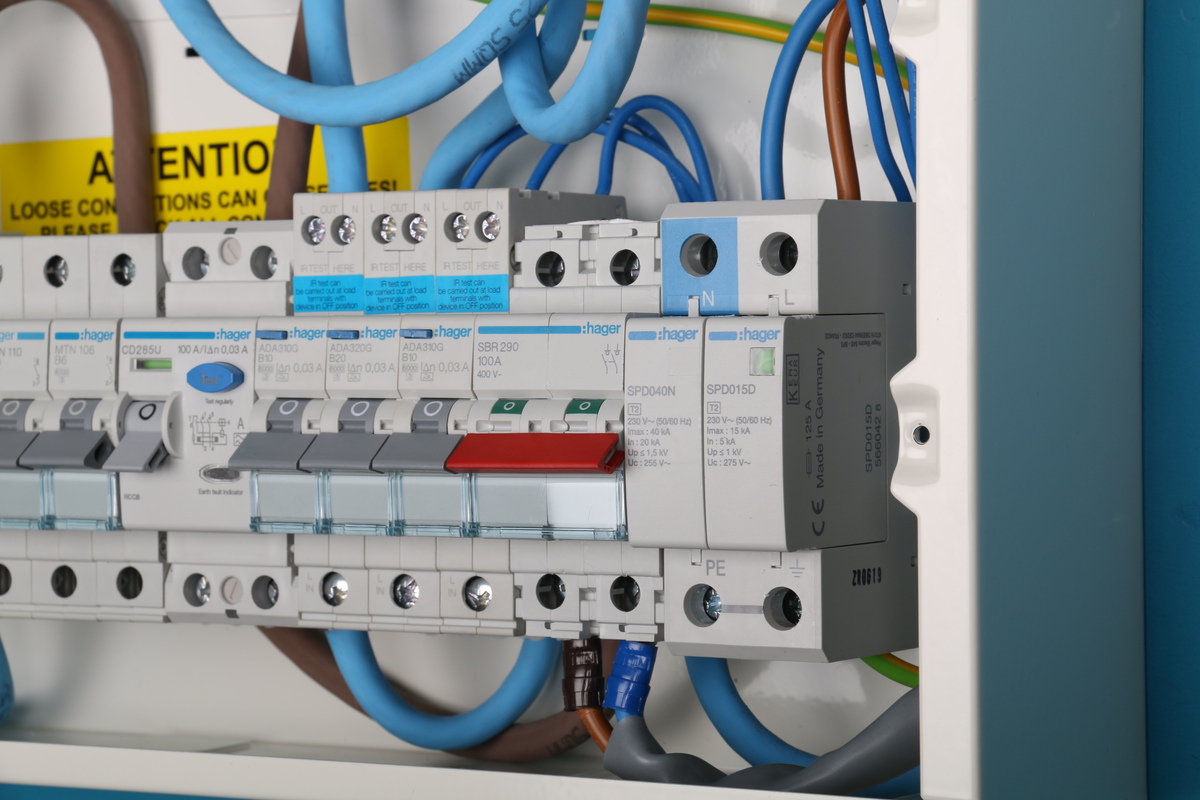
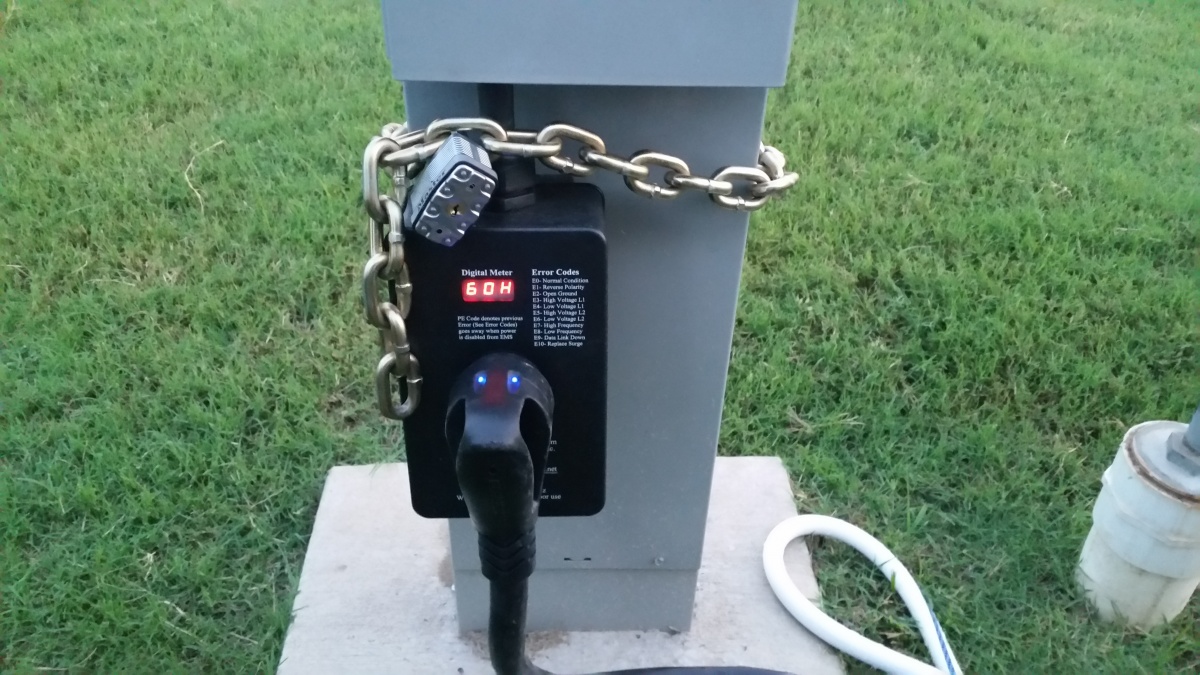
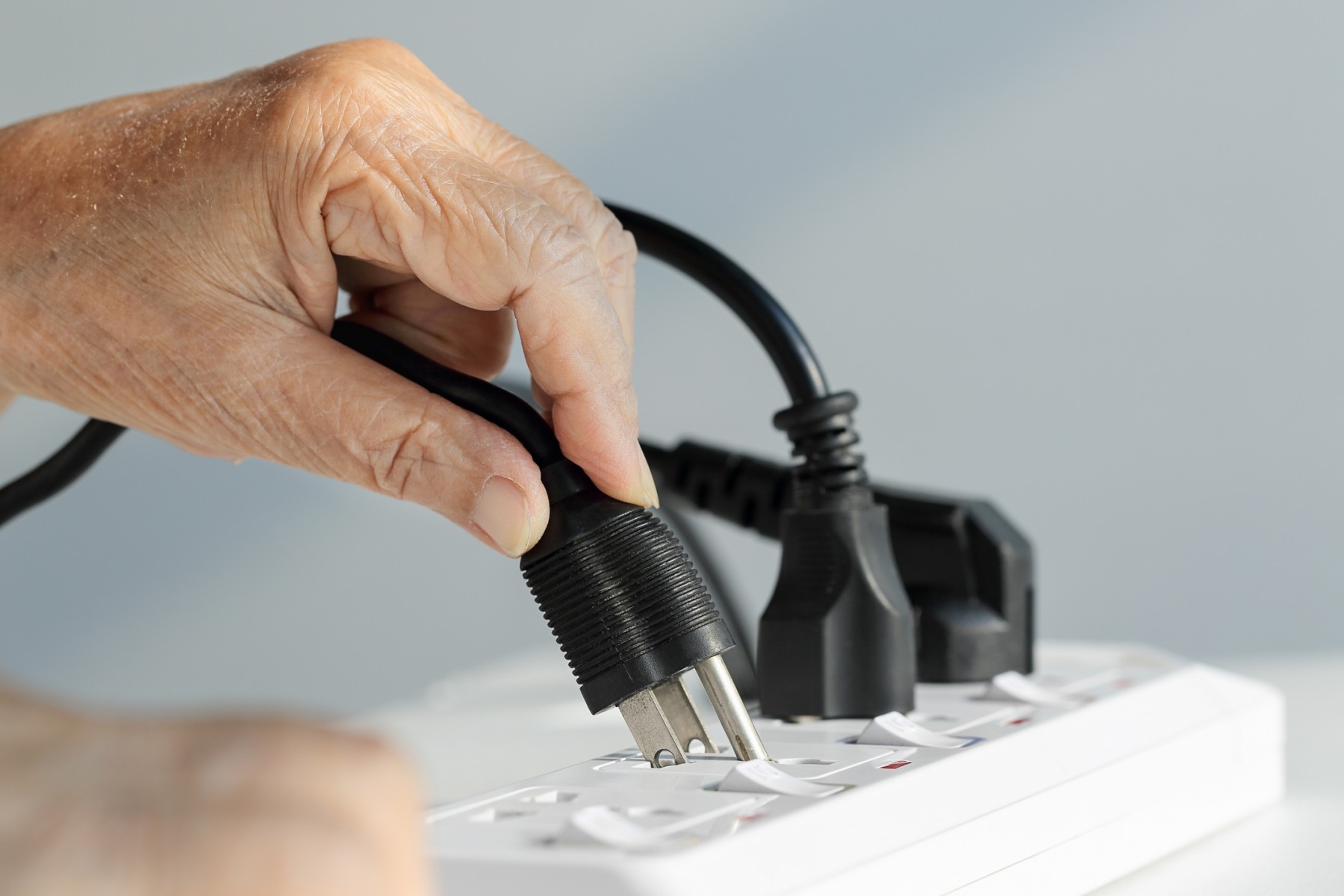
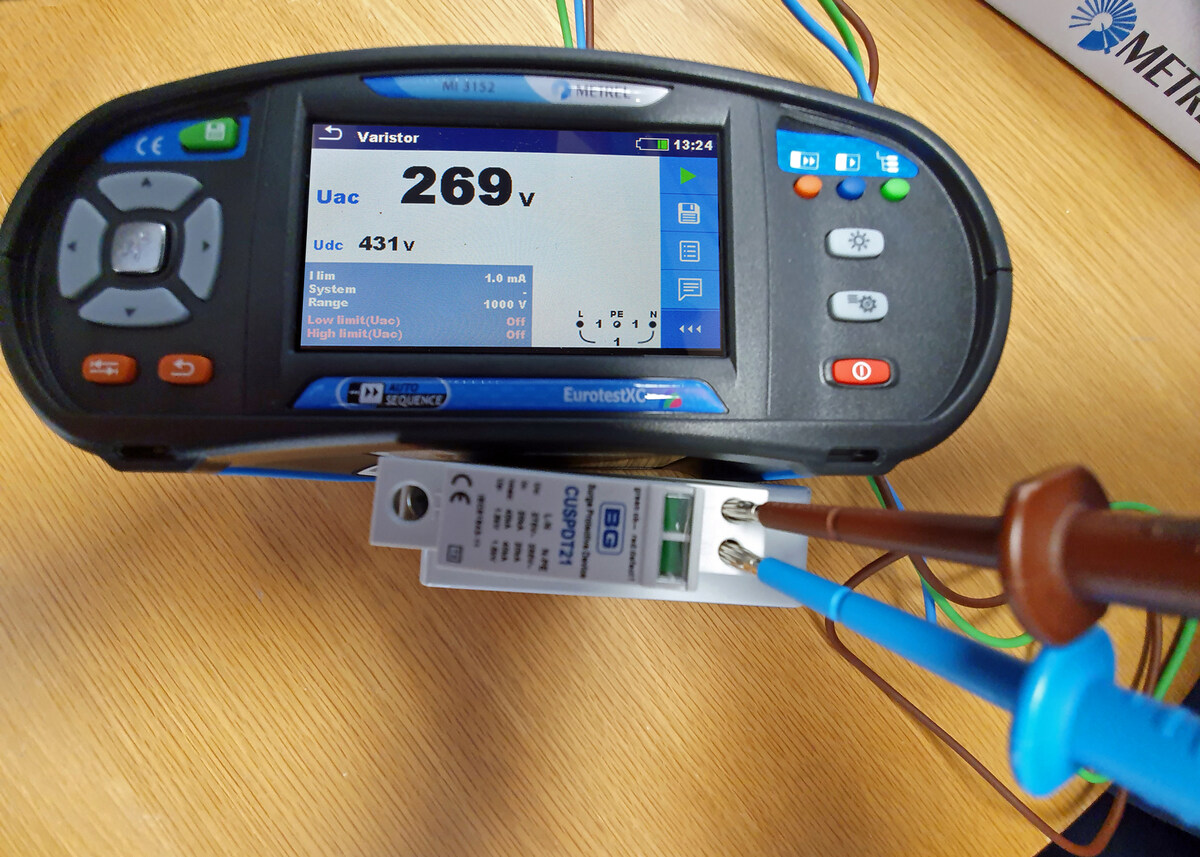
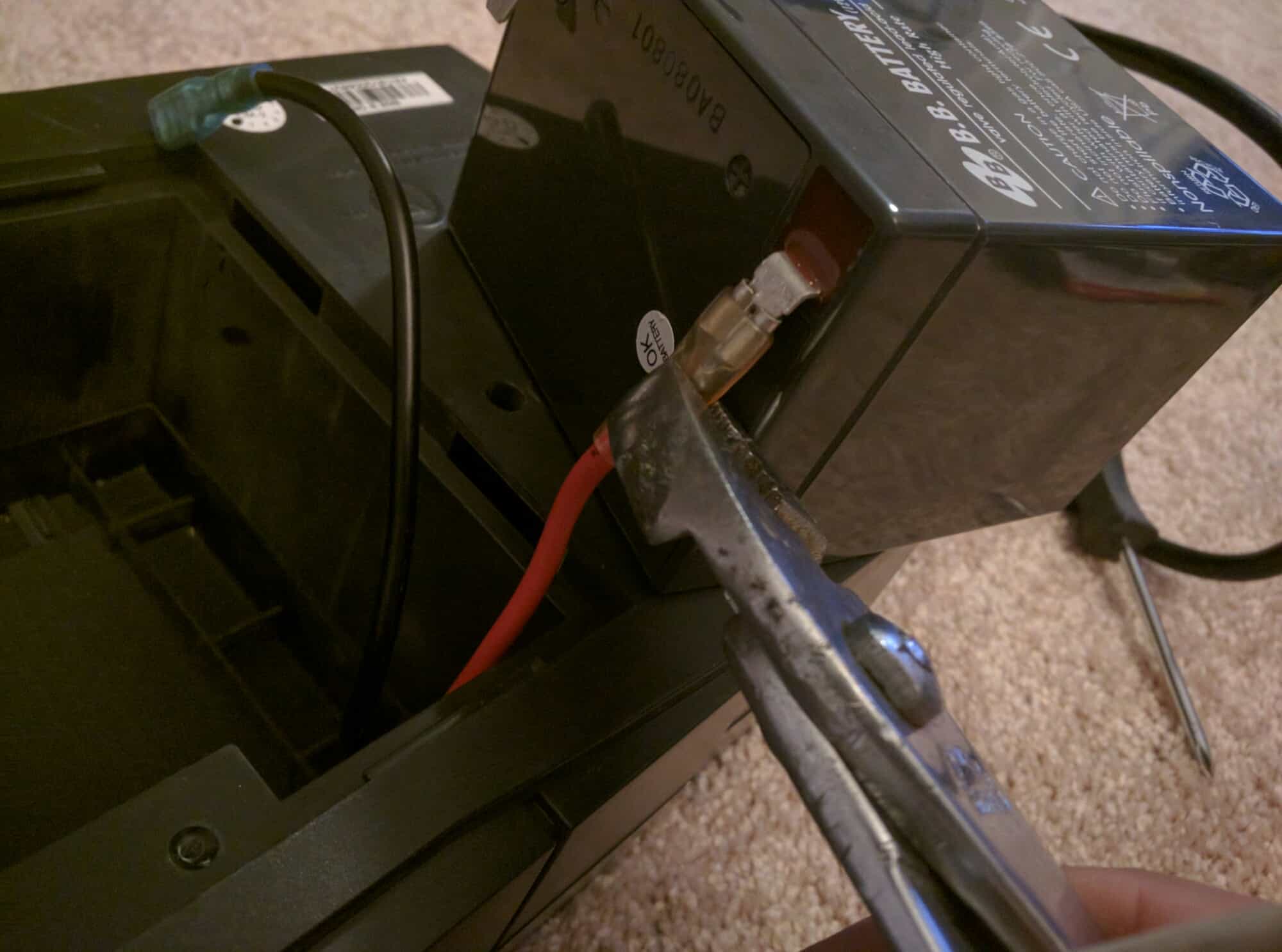
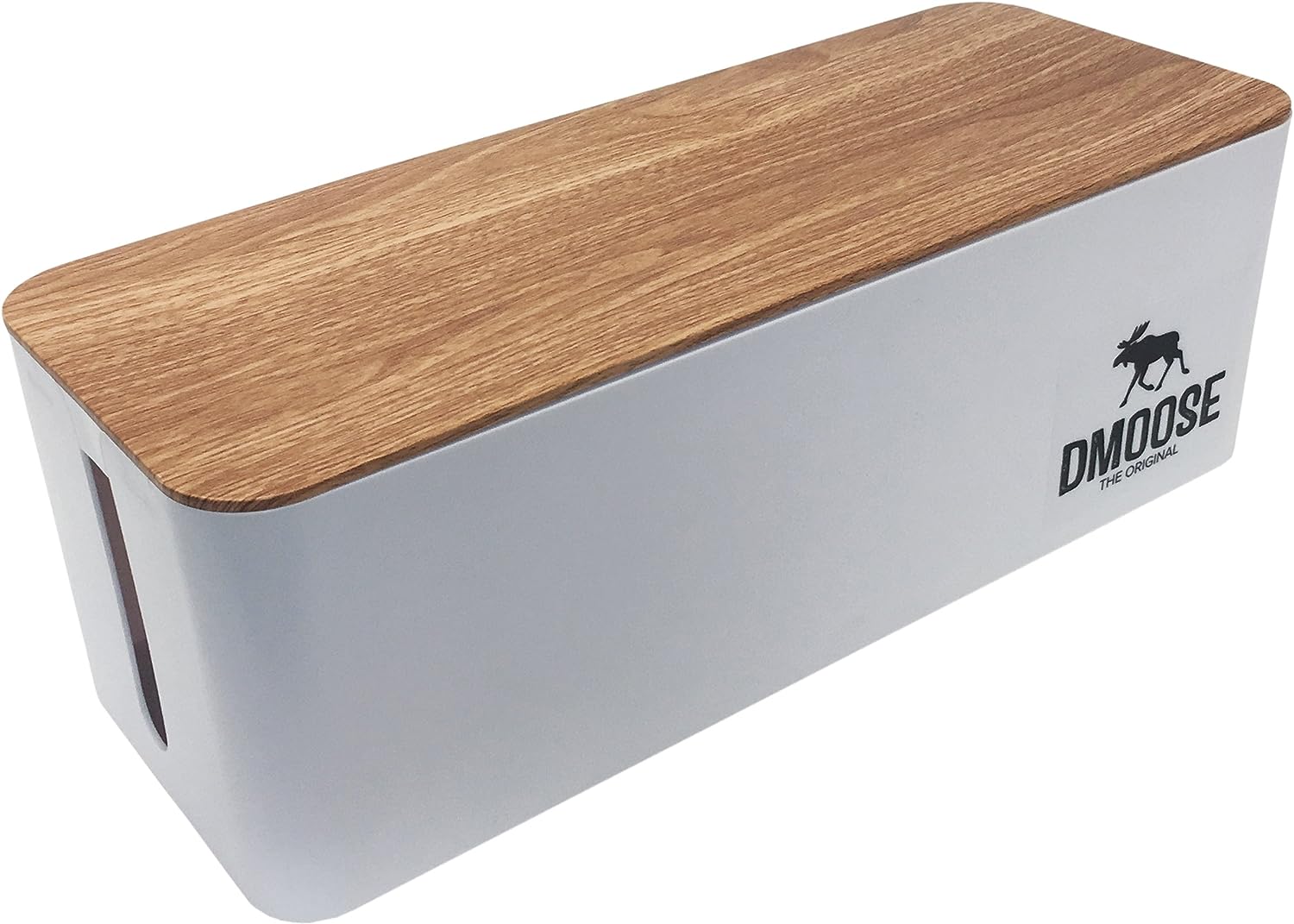
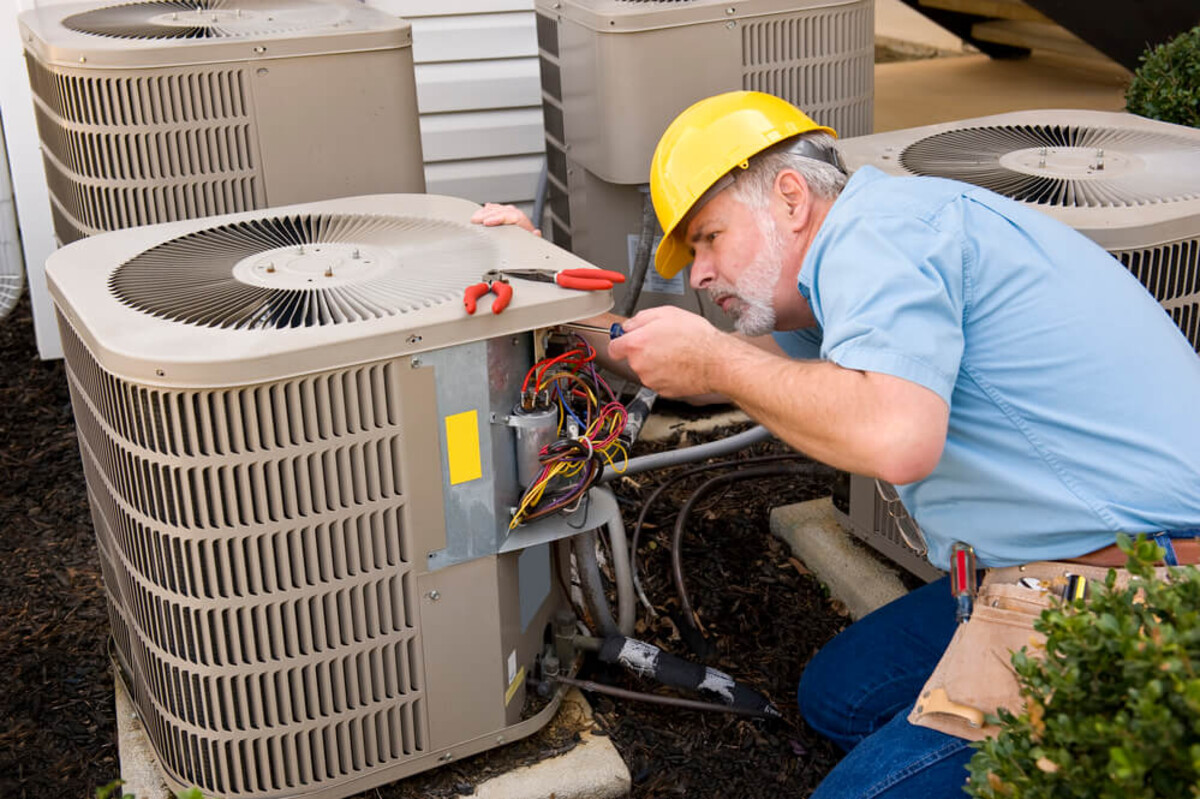
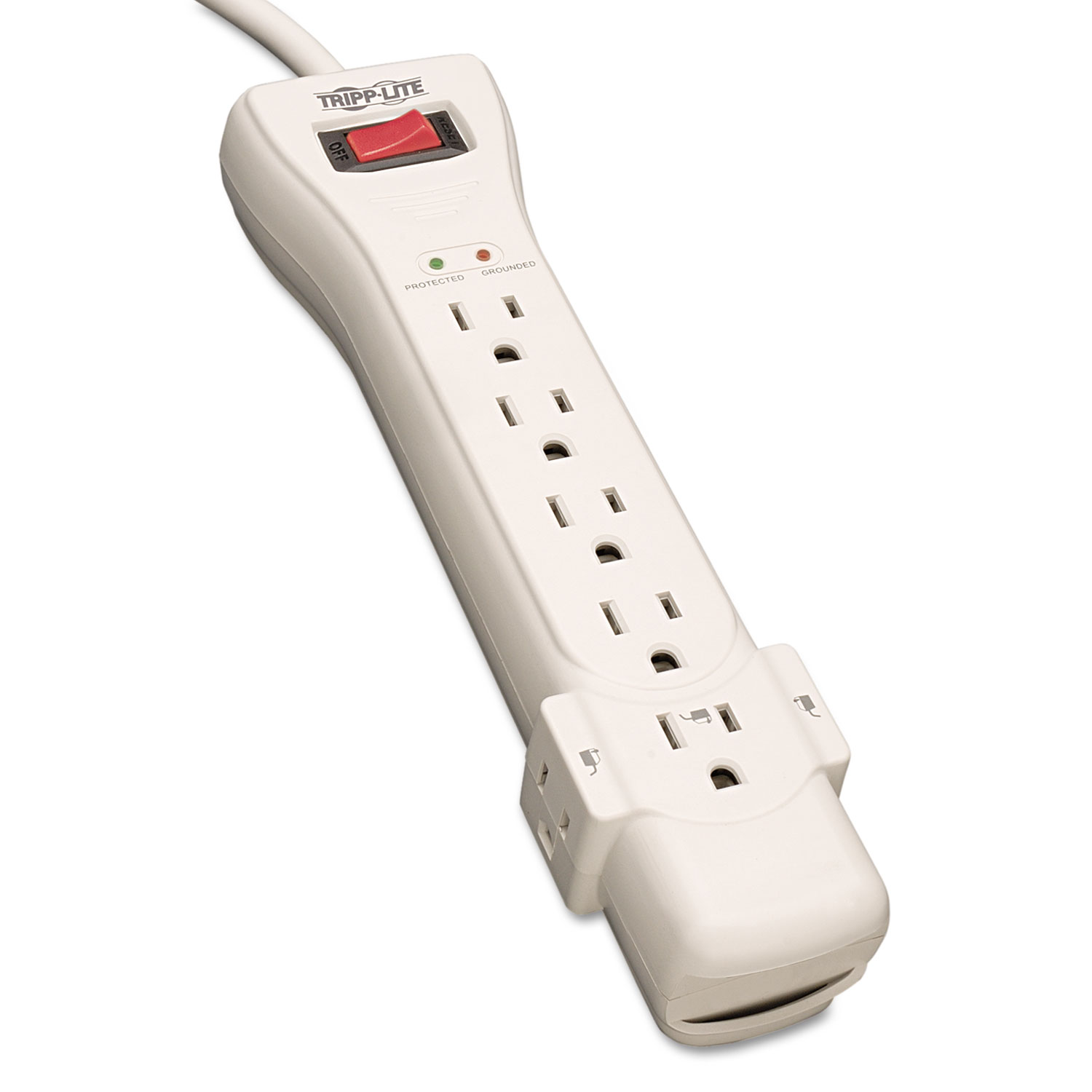

0 thoughts on “How To Choose The Appropriate Size Of A Surge Protector”